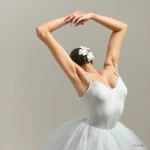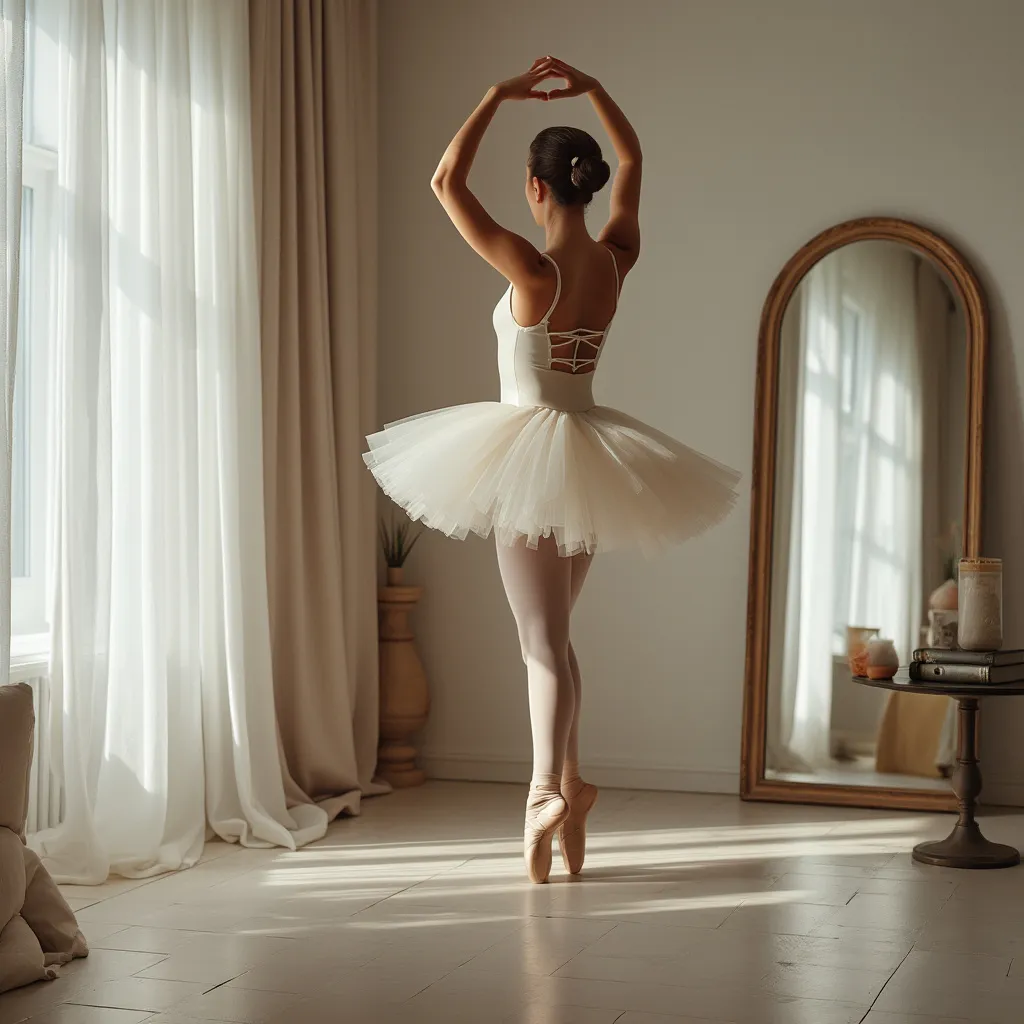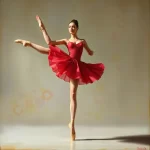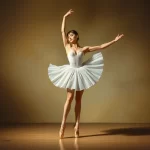Arm Positions in Ballet: Port de Bras Explained

Introduction
Ballet is a classical dance form that has been captivating audiences for centuries with its grace, precision, and beauty. One of the fundamental aspects of ballet is the use of arm positions, known as port de bras. These positions are not merely decorative; they play a crucial role in the overall aesthetics and technique of ballet. In this article, we will delve into the intricacies of port de bras, exploring its history, significance, and the various positions that dancers must master.
What is Port de Bras?
Port de bras is a French term that translates to “carriage of the arms.” It refers to the specific positions and movements of the arms in ballet. These positions are designed to complement the movements of the legs and body, creating a harmonious and fluid performance. Port de bras is not just about the arms; it involves the entire upper body, including the shoulders, neck, and head.
The History of Port de Bras
The concept of port de bras has its roots in the early days of ballet, which originated in the Italian Renaissance courts of the 15th century. It was later refined in France during the reign of Louis XIV, who was an avid supporter of the arts. The codification of ballet positions, including port de bras, was largely influenced by the work of ballet masters such as Pierre Beauchamp and Jean-Baptiste Lully. Over the centuries, these positions have evolved, but the fundamental principles have remained the same.
The Importance of Port de Bras in Ballet
Port de bras is essential for several reasons:
- Aesthetic Appeal: The graceful movement of the arms enhances the visual beauty of a ballet performance.
- Balance and Coordination: Proper arm positions help dancers maintain balance and coordination, especially during complex movements.
- Expression: The arms are a powerful tool for conveying emotion and storytelling in ballet.
- Technique: Mastery of port de bras is crucial for executing other ballet techniques correctly.
Basic Arm Positions in Ballet
There are several basic arm positions in ballet that every dancer must learn. These positions serve as the foundation for more complex movements and variations. Here are the primary positions:
First Position
In the first position, the arms are rounded and held in front of the body, with the fingertips almost touching. The elbows should be slightly bent, and the shoulders relaxed. This position is often used as a starting point for other movements.
Second Position
In the second position, the arms are extended to the sides, slightly rounded, and at shoulder height. The palms face forward, and the elbows remain slightly bent. This position helps to create a sense of openness and expansiveness.
Third Position
In the third position, one arm is rounded and held in front of the body (similar to the first position), while the other arm is extended to the side (similar to the second position). This position is less commonly used but serves as a transitional pose.
Fourth Position
In the fourth position, one arm is rounded and held above the head, while the other arm is rounded and held in front of the body. The arms should create a diagonal line, and the shoulders should remain relaxed.
Fifth Position
In the fifth position, both arms are rounded and held above the head, with the fingertips almost touching. This position is often used to frame the dancer’s face and create a sense of elevation.
Advanced Arm Positions and Movements
Once dancers have mastered the basic arm positions, they can move on to more advanced movements and variations. These include:
Arabesque
In an arabesque, one arm is extended forward, while the other arm is extended backward. The arms should create a straight line, and the shoulders should remain square. This position is often used to showcase the dancer’s balance and extension.
Attitude
In an attitude, one arm is extended forward, while the other arm is rounded and held above the head. The extended arm should be slightly bent, and the shoulders should remain relaxed. This position is often used to create a sense of elegance and poise.
Épaulement
Épaulement refers to the positioning of the shoulders and head in relation to the arms. It involves a slight twist of the upper body, which adds depth and dimension to the movement. Épaulement is often used to enhance the expressiveness of port de bras.
Common Mistakes and How to Avoid Them
Even experienced dancers can make mistakes when it comes to port de bras. Here are some common errors and tips on how to avoid them:
Stiff Shoulders
One of the most common mistakes is holding tension in the shoulders. This can make the movements look rigid and unnatural. To avoid this, dancers should focus on keeping their shoulders relaxed and down.
Incorrect Elbow Position
Another common mistake is having the elbows too straight or too bent. The elbows should always be slightly bent to create a natural curve in the arms. Dancers should practice in front of a mirror to ensure their elbows are in the correct position.
Overextending the Arms
Overextending the arms can lead to a loss of balance and coordination. Dancers should aim to keep their arms within their natural range of motion and avoid reaching too far.
Lack of Coordination
Proper port de bras requires coordination between the arms, shoulders, and upper body. Dancers should practice slowly and focus on maintaining a harmonious flow between all parts of the body.
FAQ
What is the purpose of port de bras in ballet?
The purpose of port de bras is to enhance the aesthetic appeal of a ballet performance, aid in balance and coordination, convey emotion and storytelling, and support proper technique.
How can I improve my port de bras?
To improve your port de bras, practice regularly in front of a mirror, focus on keeping your shoulders relaxed, and work on coordinating your arms with your upper body movements. Taking classes with a qualified instructor can also provide valuable feedback and guidance.
Are there different styles of port de bras?
Yes, different ballet schools and styles may have variations in port de bras. For example, the Vaganova method, Cecchetti method, and Balanchine technique each have their own unique approaches to arm positions and movements.
Can port de bras be used in other dance forms?
While port de bras is specific to ballet, the principles of graceful arm movements and coordination can be applied to other dance forms, such as contemporary dance, jazz, and even ballroom dancing.
What are some exercises to strengthen my arms for port de bras?
Exercises such as arm circles, shoulder rolls, and resistance band workouts can help strengthen the muscles used in port de bras. Additionally, practicing yoga or Pilates can improve overall upper body strength and flexibility.
Conclusion
Port de bras is a fundamental aspect of ballet that requires precision, grace, and coordination. By mastering the basic and advanced arm positions, dancers can enhance their performances and convey a wide range of emotions and stories. Whether you are a beginner or an experienced dancer, understanding and practicing port de bras is essential for achieving excellence in ballet.
We hope this comprehensive guide has provided you with valuable insights into the world of port de bras. Remember, practice and dedication are key to mastering this beautiful art form. Happy dancing!





